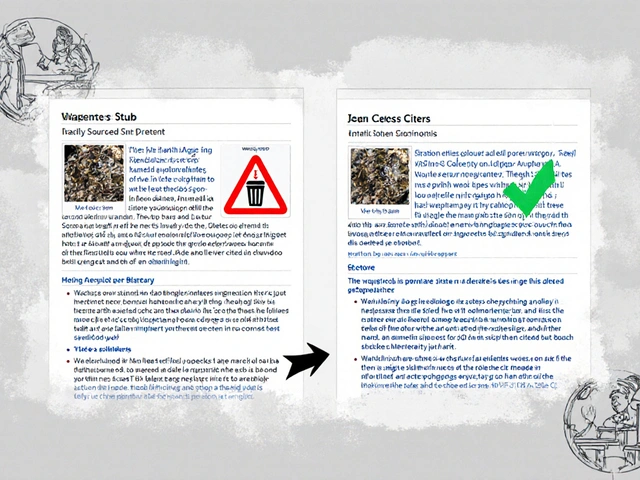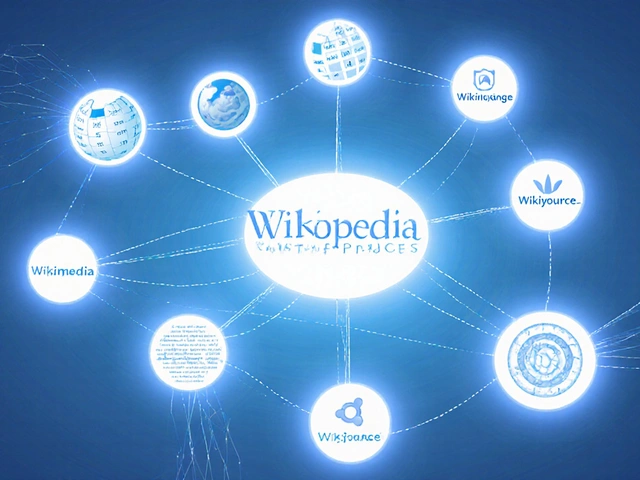Wikidata: The Free Knowledge Base Powering Wikipedia and Beyond
When you see a box of facts on a Wikipedia page — like a person’s birth date, a country’s population, or a movie’s director — that data doesn’t live in the article itself. It comes from Wikidata, a free, open, collaborative knowledge base that stores structured data used across Wikipedia and other projects. Also known as the Wikimedia knowledge graph, it’s the silent engine that makes Wikipedia’s information consistent, searchable, and machine-readable. Unlike Wikipedia, which uses prose, Wikidata uses clean, structured entries called items — each with a unique ID like Q42 (Douglas Adams) — linked to properties like "date of birth" or "country of citizenship." This structure lets computers understand relationships between things, not just read text.
Wikidata isn’t just for Wikipedia. It feeds search engines, research tools, apps, and even AI models that need reliable, linked data. It’s how Google knows that the "Eiffel Tower" and "Tour Eiffel" are the same thing, or how a researcher in Brazil can pull data about climate change in Nigeria using a single query. Volunteers from around the world update it daily, adding facts from scientific papers, government databases, and historical archives. It’s not perfect — gaps exist, especially for underrepresented regions — but it’s the largest open knowledge graph in the world, built entirely by people who care about making information accessible.
Behind the scenes, Wikidata relies on linked data, a method of publishing structured data so it can be interlinked and used across different systems, and tools like query service, a powerful interface that lets users ask complex questions using SPARQL, a language for retrieving data from knowledge graphs. You don’t need to be a coder to help — you can add a birth year, fix a wrong country link, or translate a label into your language. And because it’s open, anyone can use its data — from journalists fact-checking to students building apps.
What you’ll find in this collection are real stories about how Wikidata shapes what you see on Wikipedia, how volunteers fix systemic gaps in representation, and why its open structure matters more than ever as AI tries to learn from the world’s knowledge. You’ll see how it’s used to track editor trends, support fact-checking, and even help rebuild knowledge after disasters. This isn’t theory — it’s the quiet, essential work keeping the world’s largest encyclopedia accurate, connected, and free.
How Wikidata Connects Facts Across Multilingual Wikipedia Articles
Wikidata connects consistent facts across all language versions of Wikipedia, letting editors update data once and have it reflect everywhere. It powers accuracy, equity, and automation in multilingual knowledge sharing.
How Wikipedia Uses Wikidata to Support Citations and Source Metadata
Wikipedia uses Wikidata to store structured metadata for citations, making sources more reliable, easier to verify, and automatically updatable across articles. This system helps combat misinformation and improves global knowledge accuracy.







